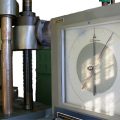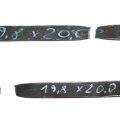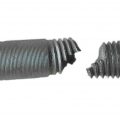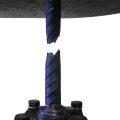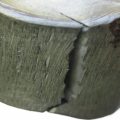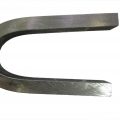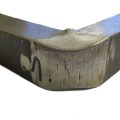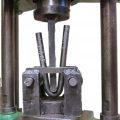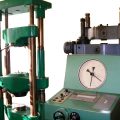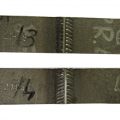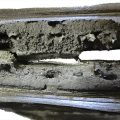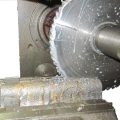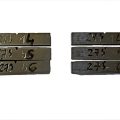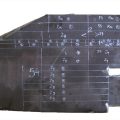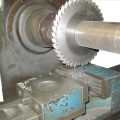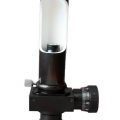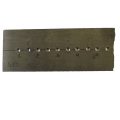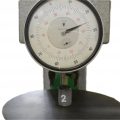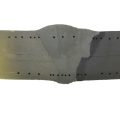Tests carried out in order to assess the properties of materials and measure the parameters of their deformation.
We provide:
tensile testingbending testingbreaking testingimpact testinghardness measuring
Test where a sample is subjected to a controlled stretching until it fractures. The relationship between its length increase and the applied force is recorded in order to determine the ultimate tensile strength, elasticity limit, yield strength, reduction in cross-sectional area, elongation at fracture and value of breaking force.
Tests where a sample is subjected to bending load in order to determine the material’s elasticity and plasticity resilience characteristics of the material or to assess its reaction to plastic deformation under bending force. In case of welded joints the bending test is used for ductility evaluation and the detection of welding inconsistencies on the surface of the joint or in its vicinity.
Test where a sample is broken and the surface of its fracture is inspected. In case of a welded joint it determines the type, size and location of internal welding inconsistencies such as bubbles, fractures, fixtures, incomplete fusion and inclusions in the cross-sectional area.
Test – known as Charpy V-notch test – where a sample is broken in order to measure the material’s ability to resist high-rate dynamic load. The amount of energy absorbed during fracture is the measure of impact strength of the tested material. The test is performed over a range of temperatures (room or lower) using a pendulum hammer – a device able to apply high-rate loading at high velocity.
Tests carried out in order to define the material’s resistance to permanent deformation caused by concentrated indentation forces applied onto a small area of the tested material. The size of the indentation indicates the value of the material’s hardness. Either a diamond regular polygon-based pyramid, a spherical indenter made from reinforced steel or cemented carbide, or a diamond cone is forced against the material. Depending on the tested object and the material, we perform the tests applying the most commonly used methods:
- the Brinell method
- the Rockwell method
- the Vickers method


